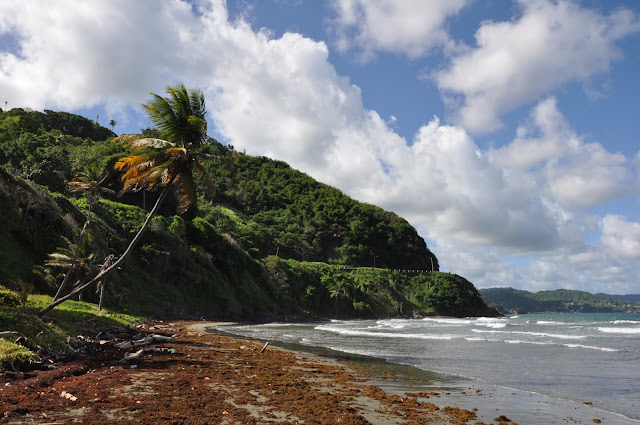Connecting to Climate Change

Why should we pay attention to coral reefs, which are only half alive? What does climate change have to do with Tobago? What does it all mean? Pat Ganase provides a perspective. Around the world, we are witnessing catastrophic changes that we are told have been brought about by man’s industrial progress. It turns out that over the last century, our activities are heating up the planet. Ice caps are melting. Terrific storms are brewing over warming waters. The coral reefs are dying. The mean temperature of the planet’s surface has heated up by one degree Centigrade since the industrial age, just over 100 years ago; and is edging up by fractions of a degree every decade. How could Tobago be expected to take responsibility for what seven billion of us together are shaping? Perhaps it will all pass us; and Tobago will be spared. Mt Irvine Reef: though vibrant, fish life here is heavily impacted by pollution and sedimentation (Photo courtesy Anjani Ganase) CORA...


